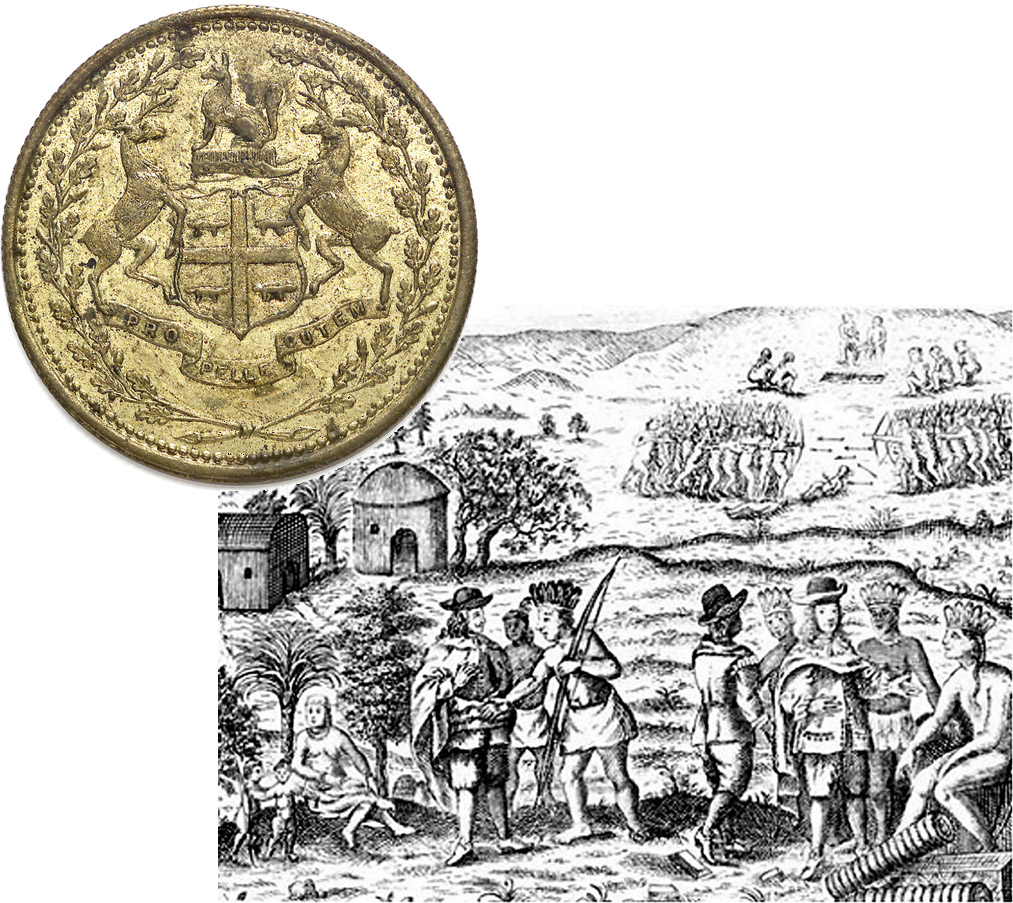
The Fur Trade In the early seventeenth century, European fur traders relied on Native Americans’ expertise and experience, leading to the equal relations depicted in this scene from the colony of New Sweden (in modern- d- 4–